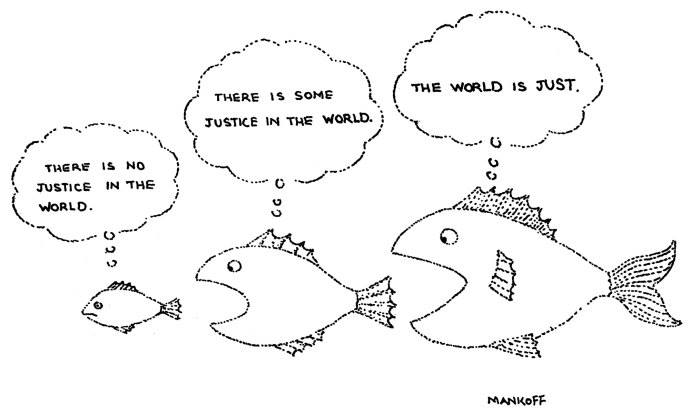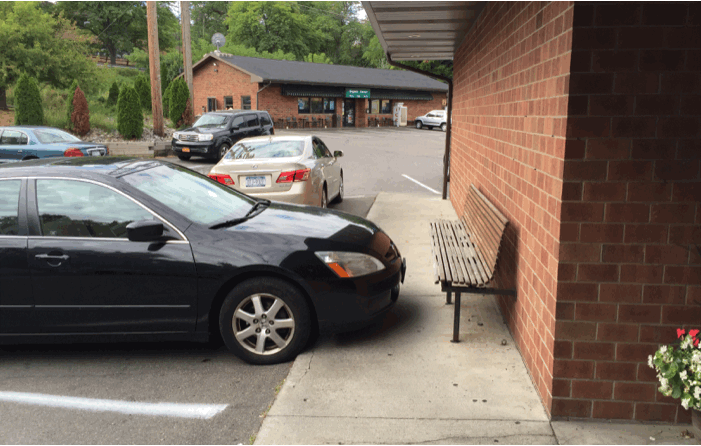The dark side of categorical thinking
Categorical thinking is ubiquitous, but there are more elemental structures hidden underneath. Knowing these structures will decrease lock-in and bias and increase critical thinking, problem solving, and creativity as well as emotional intelligence.
In many ways, categories are useful structures for organizing information. Indeed, there are many ways in which thinking is an act of classification, so categories are embedded in cognition itself. Because they help us situate and structure information, using categories can make us feel like we are building knowledge and progressing in our thinking.
But categories are not solely aids in thinking. I have said before they are a "cognitive cul de sac or dead-end in the road."[1] What do I mean by this? Essentially, categories are mental models for organizing information. This is useful exactly to the extent that they reflect reality. Herein lies the problem. Let's go through three examples from Systems Thinking Made Simple.
- The scientific disciplines.
Disciplinary boundaries have served useful purposes, but we likely have outgrown them. Contemporary issues and problems do not respect them (lie neatly within their boundaries). Disciplines serve to channel scholarship, funding, and academic study at all levels, which can dramatically inhibit the building of knowledge. It is no wonder we continually hear calls for interdisciplinarity and "knowledge transfer." People recognize and are trying to overcome the limitations of disciplinary boundaries.
- Hierarchy of biological classification.
You may remember being taught the hierarchy of biological classification (species, genus, family, order, class, phylum, etc.). However, scientists have found this grouping to be inaccurate. Instead, they now recognize multiple, equally valid ways of classifying species (perspectives on classification). Which perspective is used depends upon the purpose and goals of the researcher. Static categories are out; functional, perspectival part-whole grouping is in.
- The early organization of the web (directories).
You may or may not remember the web before Google. Consider yourself lucky if you don't remember it. Yahoo, one of the first search engines to crawl the web, organized things into categorical directories.The net result was that when you searched for something, you never found it. Instead, drilling down into part-whole structure led to a terminal end (a category cul de sac) which was far afield from where you started and almost always irrelevant.
Categories are the static photographs of cognition: a snapshot in time. On the other hand, seeing the underlying structure of categories--perspectives (P) on part-whole groupings (S)--gives us an adaptive, flexible, and dynamic "moving picture." In sum, categories may be ubiquitous, but we should be conscious and indeed wary of their use. Because categories are blind, they occlude metacognition and hide their underlying structure. Categories give us the impression that "this is how things are" rather than "this is how someone organized these things."
Consequences of blind category use include reification of perspectives and the loss of mental flexibility, along with the promotion of black-and-white thinking. Their use can stifle creativity and seeing important, systemic patterns if they don't happen to coincide with existing categories. We wouldn't want to eliminate categories, but we don't want to be trapped in them, either. So, next time you want to make a category, make a part-whole grouping (S) from a point of view (P).
-
Cabrera & Cabrera. 2015, pg. 90. Systems Thinking Made Simple: New Hope for Solving Wicked Problems. Odyssean. ↩︎
.png?width=150&height=150&name=CRL%20GOAT%20Logo%20(4).png)


